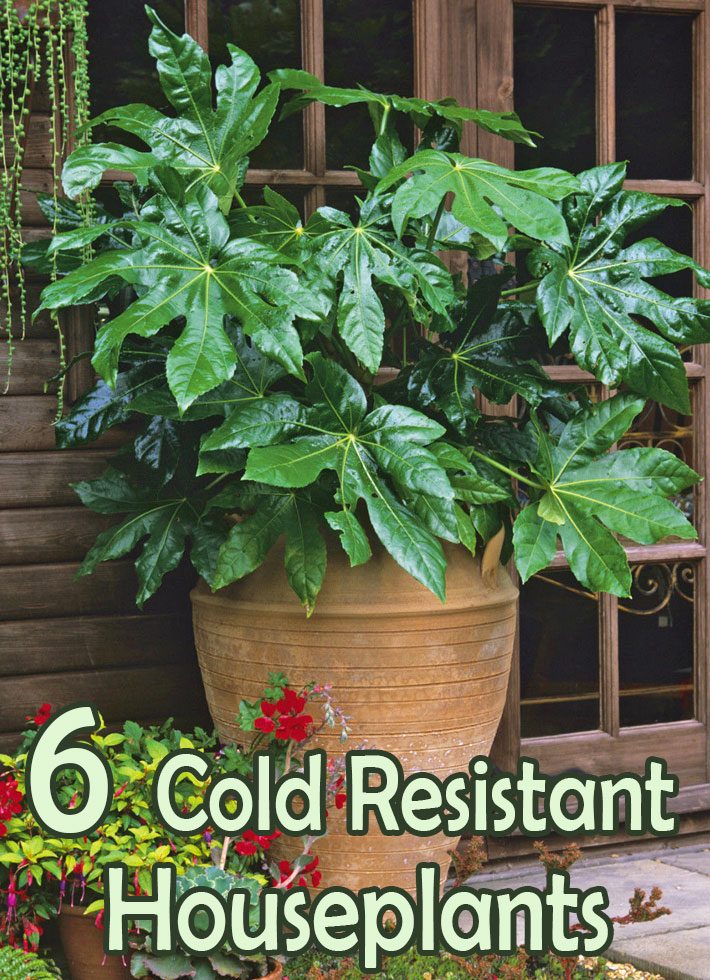
Six Cold Resistant Houseplants
For many gardeners, cold resistance is a real issue, especially in places where it can get chilly. None of these houseplants are made to handle extreme frost, but they can all thrive and grow well in temperate conditions that drop to the fifties, and some of them even succeed around the freezing point. This hard-to-kill plants, therefore, can be a great option, especially if hardiness is a concern for potential cultivators.
Jade plant
Crassula ovata, commonly known as the jade plant, can tolerate temperatures just above freezing and suffer little damage. This small evergreen grows woody branches and small pink flowers in the spring, and it’s not difficult to care for: the most important thing is keeping in sunny conditions and never allowing the soil to dry out. Though it cannot survive the frost, jade responds exceptionally well to cool temperatures around the freezing point. In fact, exposure to these temperatures can help the plant to flower. This plant can be grown in pots, and it also makes a great bonsai.
Begonia
These flowering plants can take lots of variety in temperature; what’s more important is stability, keeping them away from wide swings in temperature. They can grow either outdoors and indoors and do well when packed closely in the pot. There are many varieties of begonias that come in a wide variety of colors and patterns, they range from shrub-like to tuberous in growth habit, and some are tropical while others grow far north. But gardeners in places that experience cool temperatures should explore the begonia family.
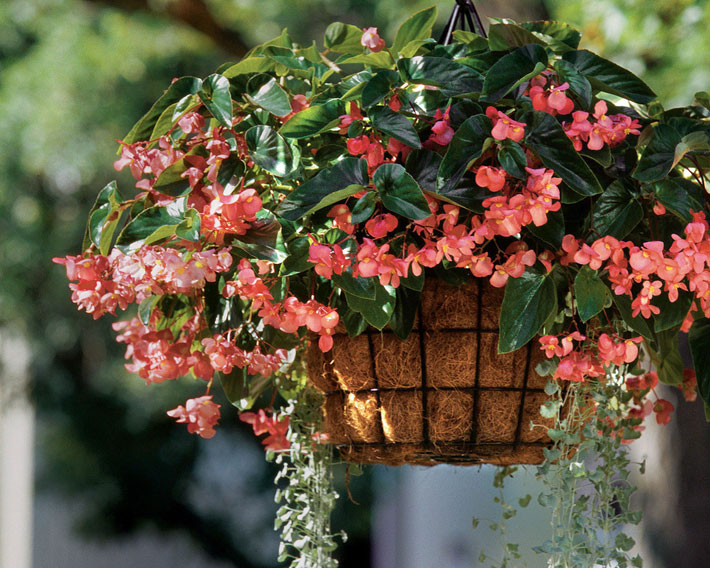
Citrus trees
Many gardeners are unaware that citrus trees can actually grow quite well indoors, and despite their reputation as warm-weather plants they can thrive when exposed to cold. They do, however, need lots of light and should be exposed to it for most of every day. But most citrus trees will do just fine if kept in temperatures around the 50s and 60s. Make sure and give them well-drained soil and to water them consistently; if you, orange and lemon trees can be a great option for gardeners in temperate areas.
English ivy
This understated vine is pretty difficult to kill and can grow along a vertical surface in lots of different conditions. The English climate that gives them their name is fine for these plants: temperate conditions are no problem, although it will suffer in frost. English ivy has pointy leaves that vary in length, and many varieties of this plant also grow flowers. Consider growing ivy next to a window, as filtered light can help keep them healthy.
Sanseviera/Snake Plant
This plant, commonly known as the snake plant, grows extremely long and upright leaves that protrude from the bottom of the plant. They do best with filtered light and regular watering; underwatering them can hurt their root systems or lead to their leaves drooping. Further, they do just fine in colder temperatures. When exposed to a cool room, the sanseviera goes into a rest period in which they need less water and nutrients, and they can return to normal quite easily once the temperature rises. Native mostly to Africa and Asia, sansevieras are also commonly referred to as mother-in-law’s tongue.
Japanese aralia
The Japanese aralia, or Aralia japonica, is a tropical plant distinguishable by its large, wide leaves and tiny white flowers that attract birds. Despite its name, Japanese aralia is not native to Japan, and it’s a popular houseplant all over the Western world. Notably, Japanese aralia does just fine in temperate conditions and also prefers the shade. It can be damaged by too much direct sunlight. Also, make sure to prune it regularly, which it helps its growth pattern.
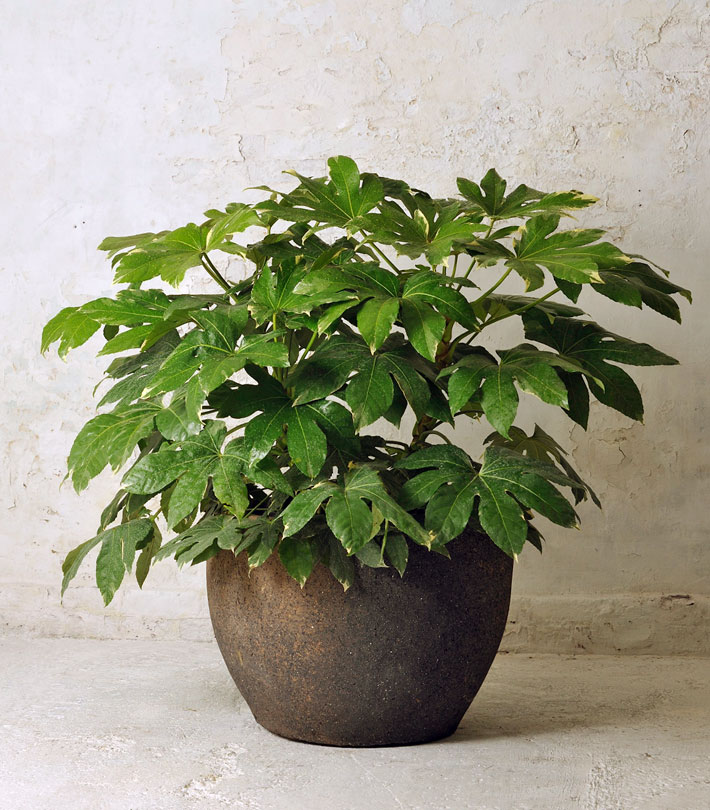

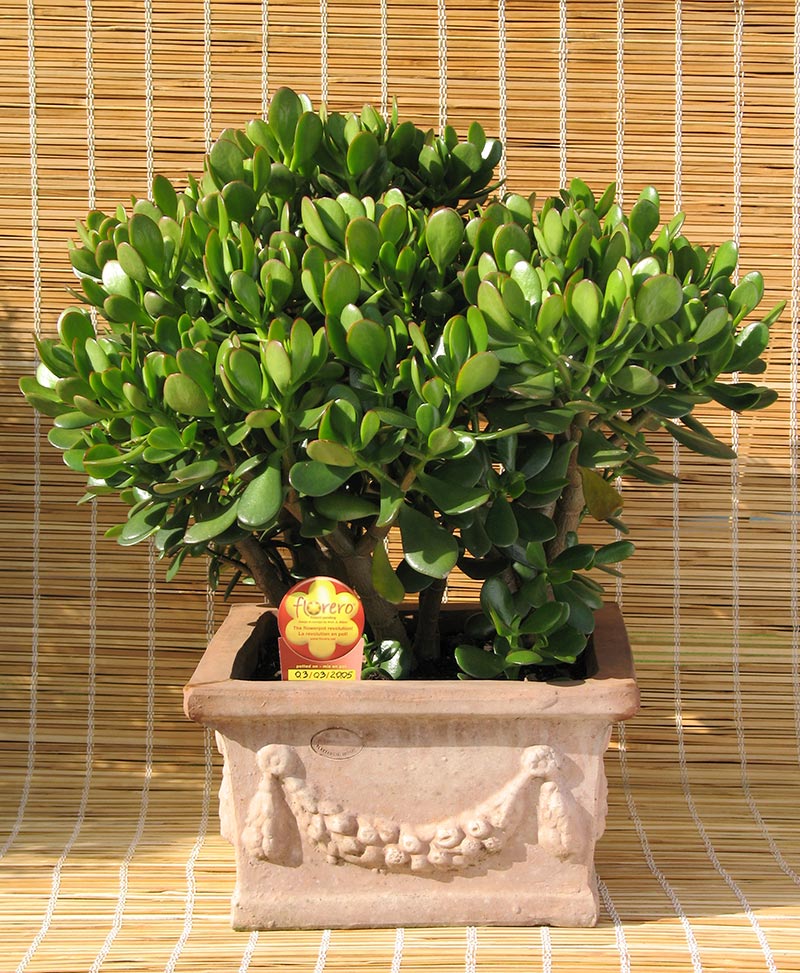


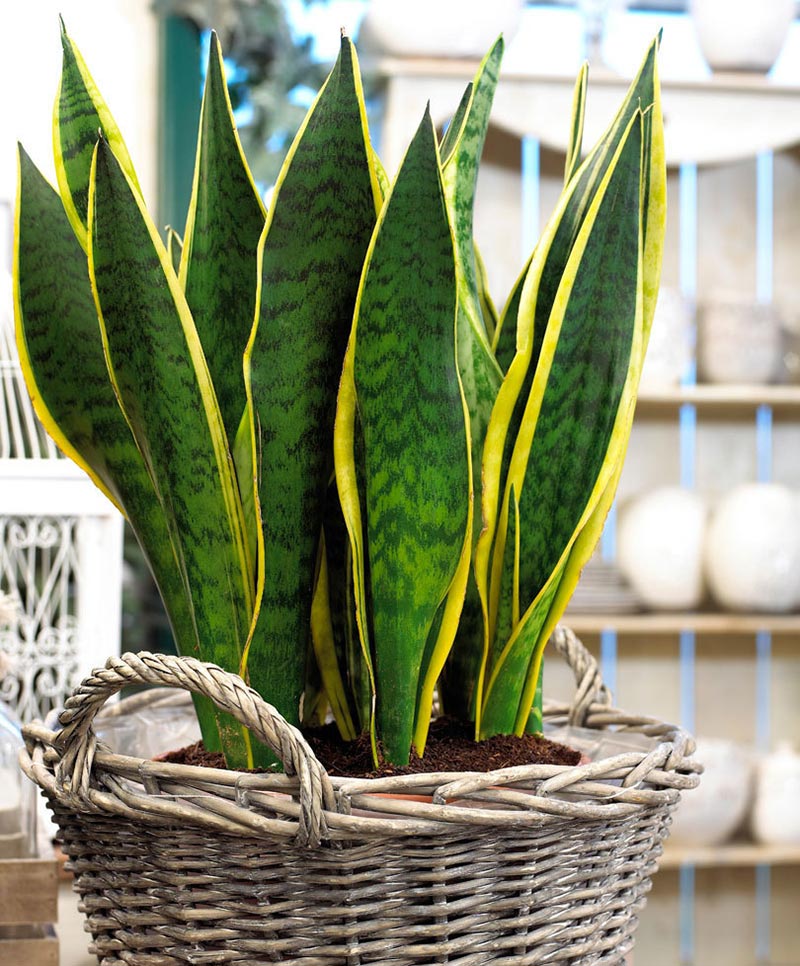

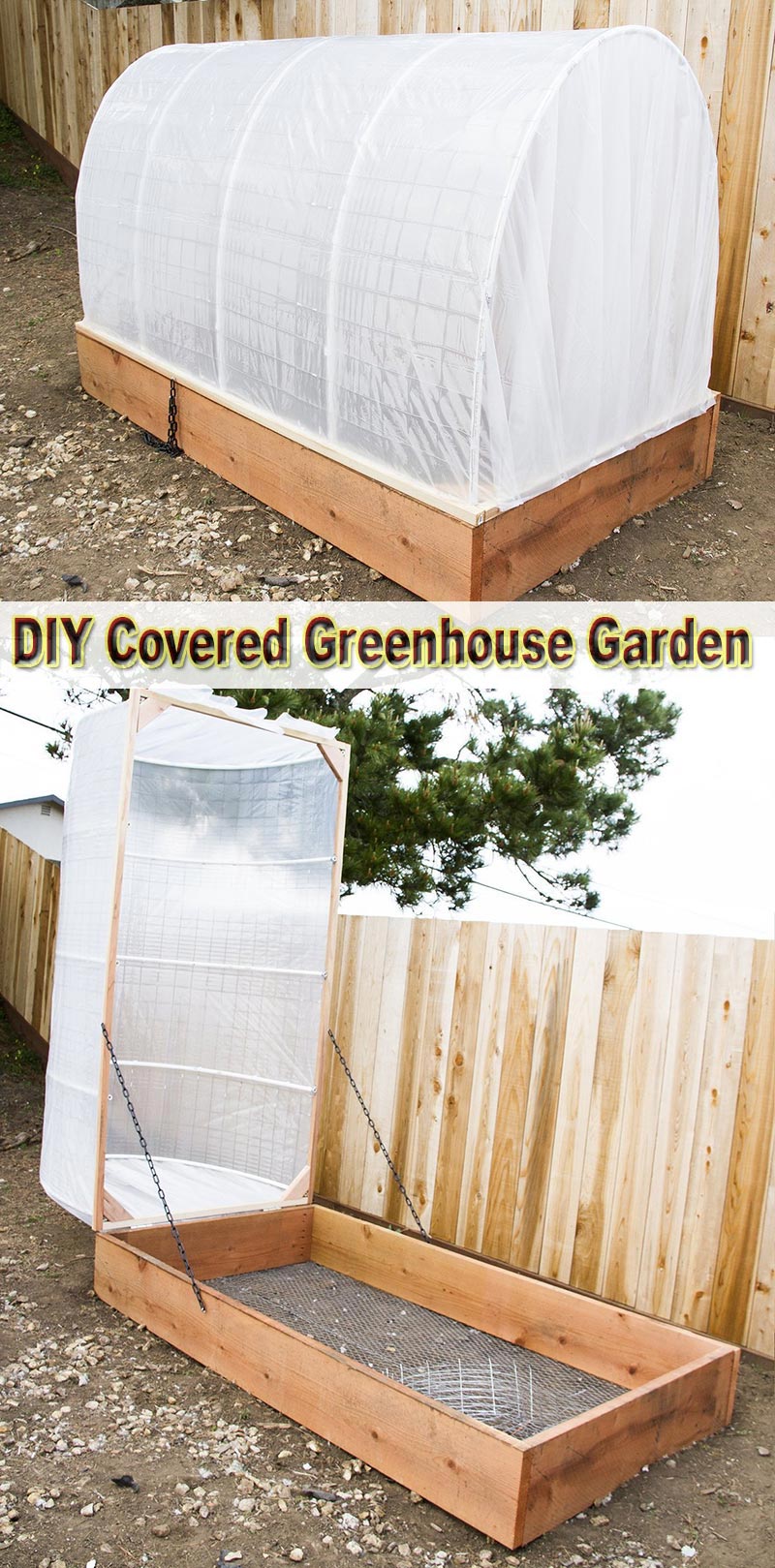
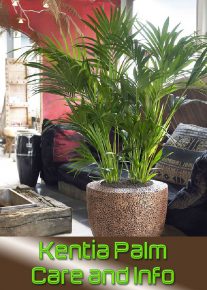
Leave a Reply